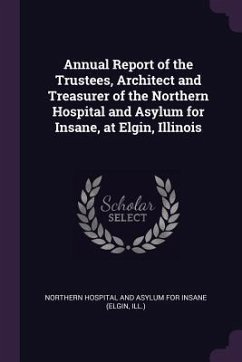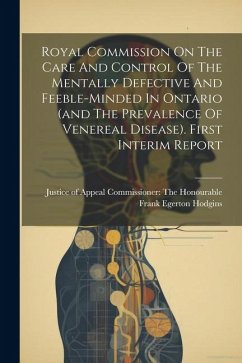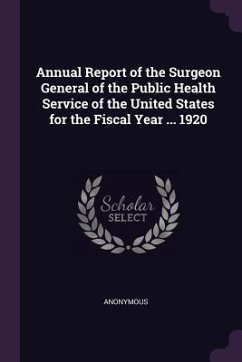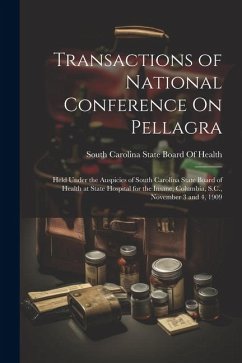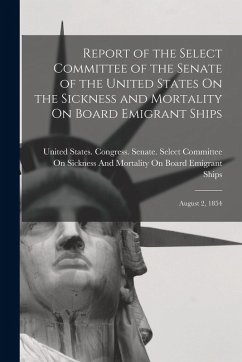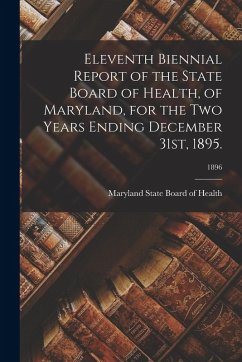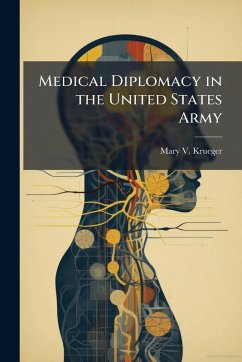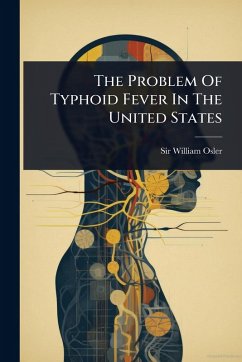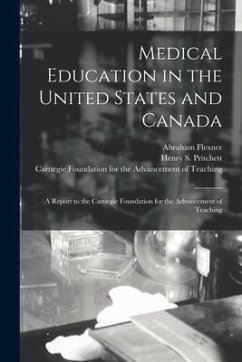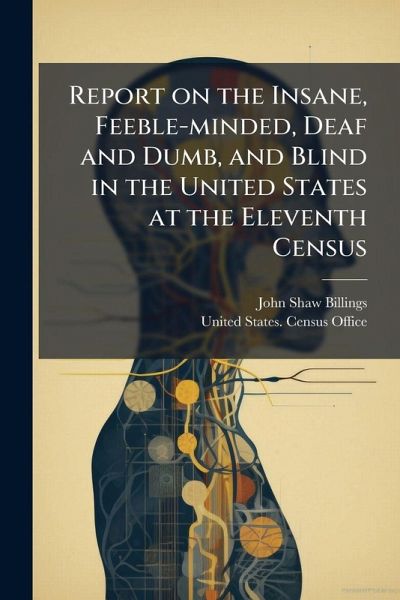
Report on the Insane, Feeble-minded, Deaf and Dumb, and Blind in the United States at the Eleventh Census

PAYBACK Punkte
17 °P sammeln!
This is a digitized report from the United States Census of 1890, focusing on statistics related to individuals with mental and physical disabilities. Titled "Report on the Insane, Feeble-minded, Deaf and Dumb, and Blind in the United States at the Eleventh Census: 1890," it provides a comprehensive overview of the prevalence and distribution of these conditions across the nation during that period. Authored by John Shaw Billings for the United States Census Office, the report offers valuable insights into the demographic and social characteristics of affected populations, serving as a crucial...
This is a digitized report from the United States Census of 1890, focusing on statistics related to individuals with mental and physical disabilities. Titled "Report on the Insane, Feeble-minded, Deaf and Dumb, and Blind in the United States at the Eleventh Census: 1890," it provides a comprehensive overview of the prevalence and distribution of these conditions across the nation during that period. Authored by John Shaw Billings for the United States Census Office, the report offers valuable insights into the demographic and social characteristics of affected populations, serving as a crucial resource for researchers, historians, and those interested in the history of public health and disability studies. The data contained within presents a snapshot of American society at the close of the 19th century, shedding light on the challenges faced by individuals with disabilities and the societal responses to their needs. This work has been selected by scholars as being culturally important, and is part of the knowledge base of civilization as we know it. This work was reproduced from the original artifact, and remains as true to the original work as possible. Therefore, you will see the original copyright references, library stamps (as most of these works have been housed in our most important libraries around the world), and other notations in the work. This work is in the public domain in the United States of America, and possibly other nations. Within the United States, you may freely copy and distribute this work, as no entity (individual or corporate) has a copyright on the body of the work. As a reproduction of a historical artifact, this work may contain missing or blurred pages, poor pictures, errant marks, etc. Scholars believe, and we concur, that this work is important enough to be preserved, reproduced, and made generally available to the public. We appreciate your support of the preservation process, and thank you for being an important part of keeping this knowledge alive and relevant.



